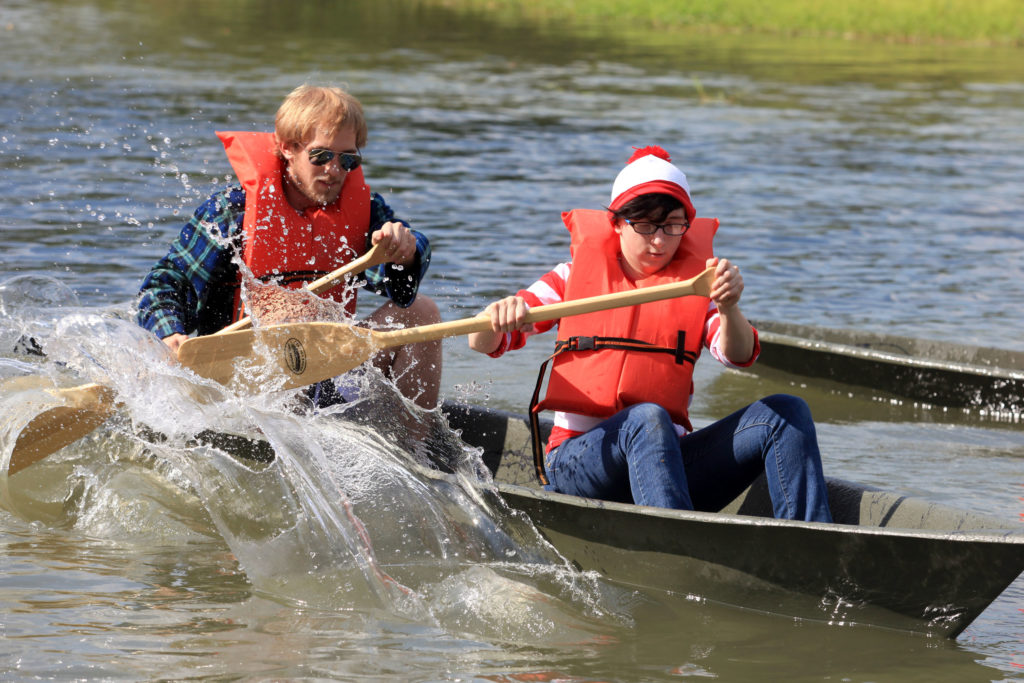Everyone knows the basic equipment needed to play football, basketball, baseball and the many other sports offered at Nicholls, but not everyone is aware of the budget each sport has to spend on those various things such as the equipment and travel.This fiscal year, which runs from July 1 to June 30, the Nicholls State athletics department was given a $2.6 million cap from the University’s budget to fund the various athletic programs.
According to athletics director Rob Bernardi, the amount each sport receives depends on five categories.
“Each team has five budget categories which consists of scholarships, personnel, materials and supplies, professional services such as officials, and team travel which includes recruiting,” Bernardi said.
Out of the 12 combined men and women’s sports offered at Nicholls, football had the highest budget with $1.1 million this past season.
Bernardi said football has a higher budget because the team has more student-athletes than any of the other sports.
“We say they are going to get 60 scholarships; each one is worth $7,800, so we know that their scholarship budget is then about $468,000,” Bernardi said. “They give us their travel so we know they’re going to travel with around 75 people and cost so much per person. We figure out their travel. This is not just with football but with all sports.”
Men’s basketball is second on the list budgeting $350,000, followed by women’s basketball with $315,000, baseball with $243,000, softball and volleyball each with $210,000, soccer with $143,000, track and field with $116,000, women’s tennis with $76,000, women’s golf with $74,000, men’s tennis with $52,000 and men’s golf with $59,000.
“When we formulate our budget, we see how much money we get from the University and what the actual budget is,” Bernardi said. “From that we decide whether we are going to get more revenue than we hoped or if we need to start cutting. That whole process (for the next fiscal year) starts in the next couple of weeks.”
A team can be given more or less, depending on how much is needed for travel. The golf teams get so much less because they don’t need as much equipment and travel less than the other sports on campus, according to Bernardi.
Golf also doesn’t need the use of referees or umpires like many of the other sports as well.
However, anything the athletic department doesn’t use of the $2.6 million goes back to the University, especially if it is a part of the University’s operational budget.
“The money spent on various sports is not something that remains constant,” Bernardi said. “Teams may need to travel more, or they may not use up all of the scholarship money because it’s fluent.”
The travel budget also includes recruiting, which varies from sport to sport.
Bernardi hopes the success of the football team last season draws more interest and therefore increases the budget of athletics.
“It helped them in recruiting because the team got a lot of good positive feedback with the media,” Bernardi said. “I think it’s helped them that way. I don’t think we’ll see the benefits of season ticket sales until next year. With the good feelings about the team, we’re hoping to see an increase in ticket sales based on last season’s performance.”
Adding that, “It’s hard to measure dollars and cents, but I think there is a great deal of community support and appreciation. The University got a lot of positive attention and just a lot of good positive feelings coming into the season.







